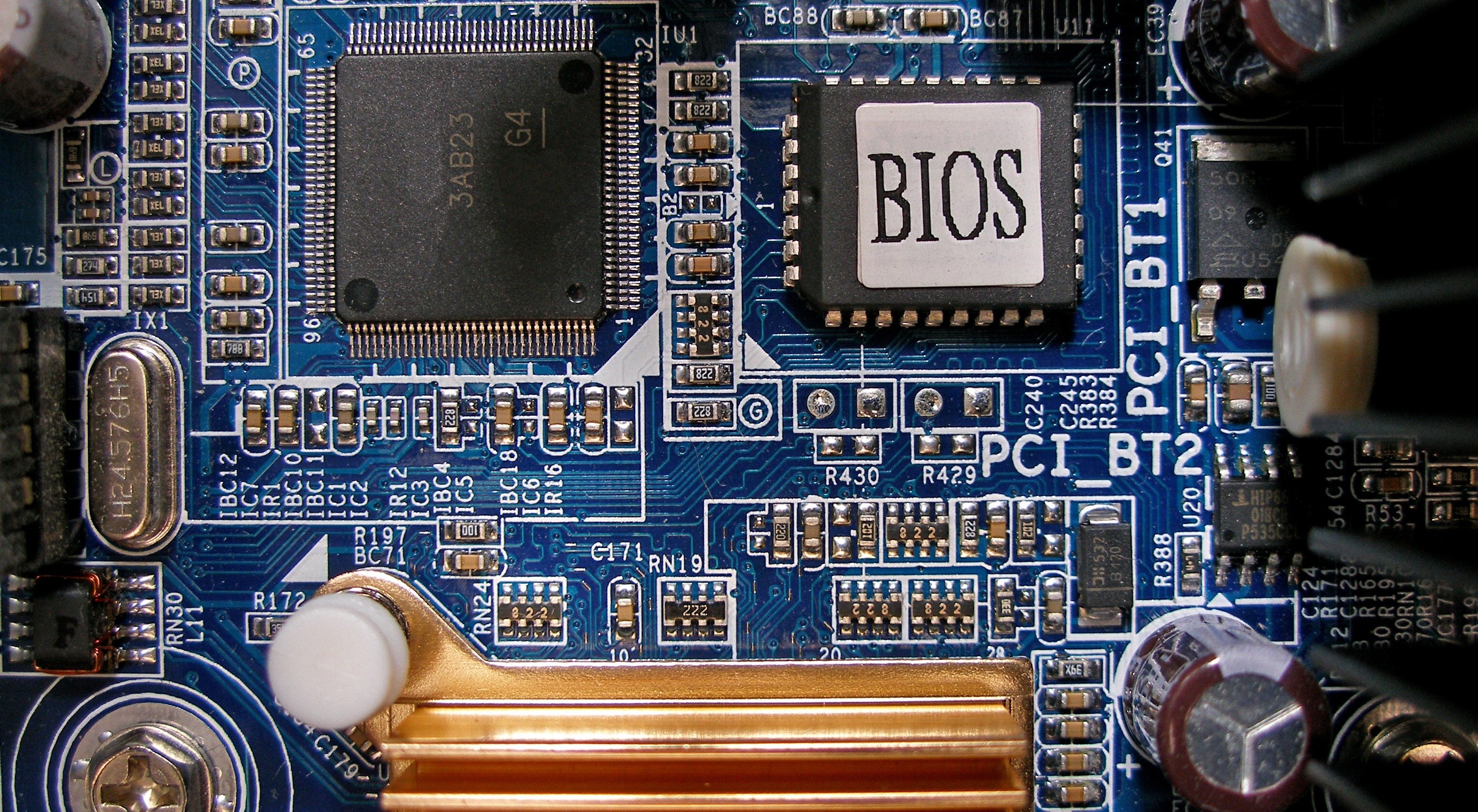How do I fix a failed BIOS flash?
How to Recover from a Failed BIOS Update Procedure Change the flash recovery jumper to the recovery mode position. Install the bootable BIOS upgrade disk you created to perform the flash upgrade into drive A, and reboot the system.
How to fix error BIOS?
Fixing 0x7B Errors at Startup Shut down the computer and restart it. Start the BIOS or UEFI firmware setup program. Change the SATA setting to the correct value. Save settings and restart the computer. Select Start Windows Normally if prompted.
What causes BIOS problems?
You can have three main causes for a BIOS error: a corrupt BIOS, a missing BIOS, or a badly configured BIOS. A computer virus or failed attempt to flash the BIOS could make your BIOS corrupt or delete it completely. In addition, changing the BIOS parameters to incorrect values may cause your BIOS to stop working.
How do you fix a bricked BIOS?
I tried several things to recover it: I pressed the BIOS reset button. No effect. Removed the CMOS battery (CR2032) and power-cycled the PC (in attempting to turn it on with the battery and charger unplugged). I tried to flash it again by connecting a USB flash drive with every possible BIOS recovery nomenclature ( SUPPER.
What can go wrong when updating BIOS?
Ten common mistakes you should avoid when flashing your BIOS Disclaimer: Flashing the BIOS incorrectly can lead to an unusable system. Misidentification of your motherboard makes/model/revision number. Failing to research or understand the BIOS update details and flashing your BIOS for a fix that is not needed.
Is it bad to update BIOS?
Installing (or “flashing”) a new BIOS is more dangerous than updating a simple Windows program, and if something goes wrong during the process, you could end up bricking your computer. Since BIOS updates don’t usually introduce new features or huge speed boosts, you probably won’t see a huge benefit.
Can the BIOS error be fixed?
If your BIOS settings have been reset, or if you’ve attempted to overclock your PC and your PC failed, you may need to set the BIOS back to its optimized default settings. Setting your BIOS back to original settings is also called restoring your BIOS settings.
How do I fix the ACPI BIOS error?
How can I fix the ACPI_BIOS_ERROR BSOD error? Use a third-party BSoD fixer. Remove your SSD and update your BIOS. Enter BIOS and disable AHCI. Update your drivers. Set the ACPI mode to S1 in BIOS. Disable the jumper JPME1 and reflash BIOS. Uninstall the Microsoft ACPI Compliant driver. Install Windows 10 in UEFI mode.

How do I stop BIOS from booting?
Access the BIOS utility. Go to Advanced settings, and choose Boot settings. Disable Fast Boot, save changes, and restart your PC. Set your HDD as the primary booting device and confirm changes.
How do I know if my BIOS is bad?
Check Your BIOS Version by Using the System Information Panel. You can also find your BIOS’s version number in the System Information window. On Windows 7, 8, or 10, hit Windows+R, type “msinfo32” into the Run box, and then hit Enter. The BIOS version number is displayed on the System Summary pane.
What mean bricked?
“Bricking” essentially means a device has turned into a brick. It may be an electronic device worth hundreds of dollars, but it’s now as useful as a brick (or perhaps a paperweight). A bricked device won’t power on and function normally. The verb “to brick” means breaking a device in this way.
Can you reinstall a BIOS?
Besides, you can’t update the BIOS without the board being able to boot. If you want to try replacing the BIOS chip, that would be a possibility, but I don’t see the BIOS being the problem. And unless the BIOS chip is socketed, it will require delicate un-soldering and re-soldering.
Can you save a bricked computer?
The bottom line: Insert the finished USB or cd/DVD into the bricked computer and start it up. Once you have ubuntu running, you can start taking files off the computer’s hard drive to save them. You may need to configure the BIOS to boot the alternate device before the faulty one.
Should I remove the CPU to flash BIOS?
Yes, some BIOS will not flash without the CPU installed because they cannot process to do the flash without the processor. Besides, if your CPU causes a compatibility problem with the new BIOS, it would likely abort the moment instead of doing it and end up with incompatibility problems.
Will flashing BIOS reset settings?
When you update your BIOS, all settings are reset to default. So you have to go through all the stages again.
How do I know if my BIOS needs updating?
Some will check if an update is available, and others will show you the current firmware version of your present BIOS. In that case, you can go to the downloads and support page for your motherboard model and see if a firmware update file that’s newer than your currently installed one is available.
What is the benefit of updating BIOS?
Some reasons for updating the BIOS include: Hardware updates—Newer BIOS updates will enable the motherboard to correctly identify new hardware such as processors, RAM, and so etcu upgraded your processor and the BIOS doesn’t recognize it, a BIOS flash might be the answer.
What does updating the BIOS do?
Like operating system and driver revisions, a BIOS update contains feature enhancements or changes that help keep your system software current and compatible with other system modules (hardware, firmware, drivers, and software), and provide security updates and increased stability.